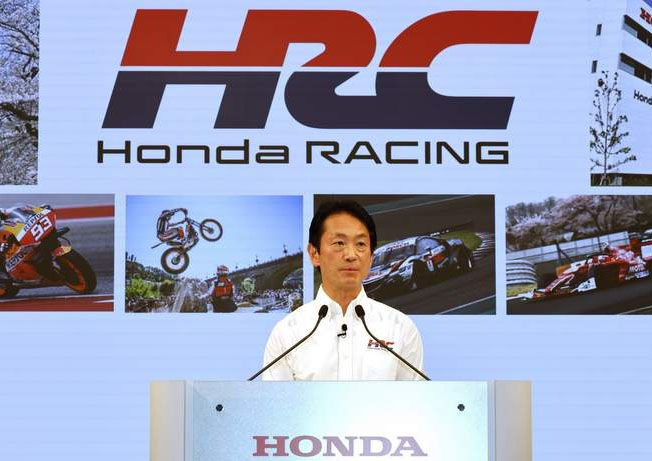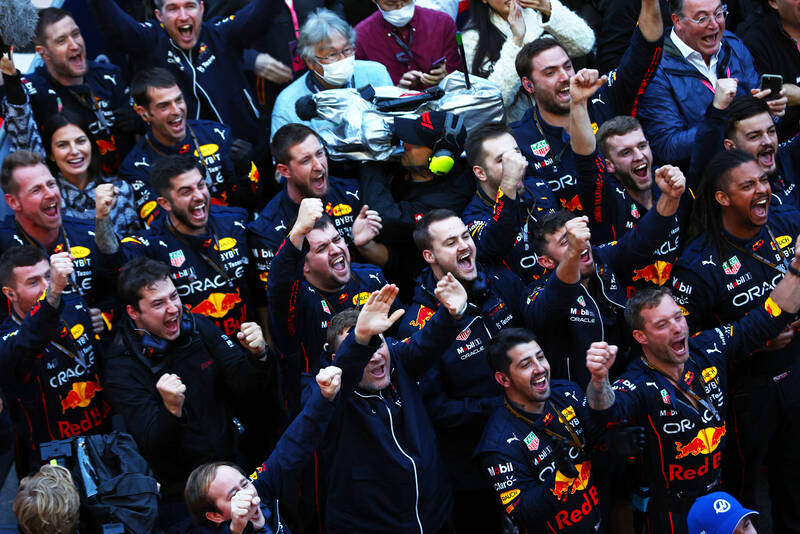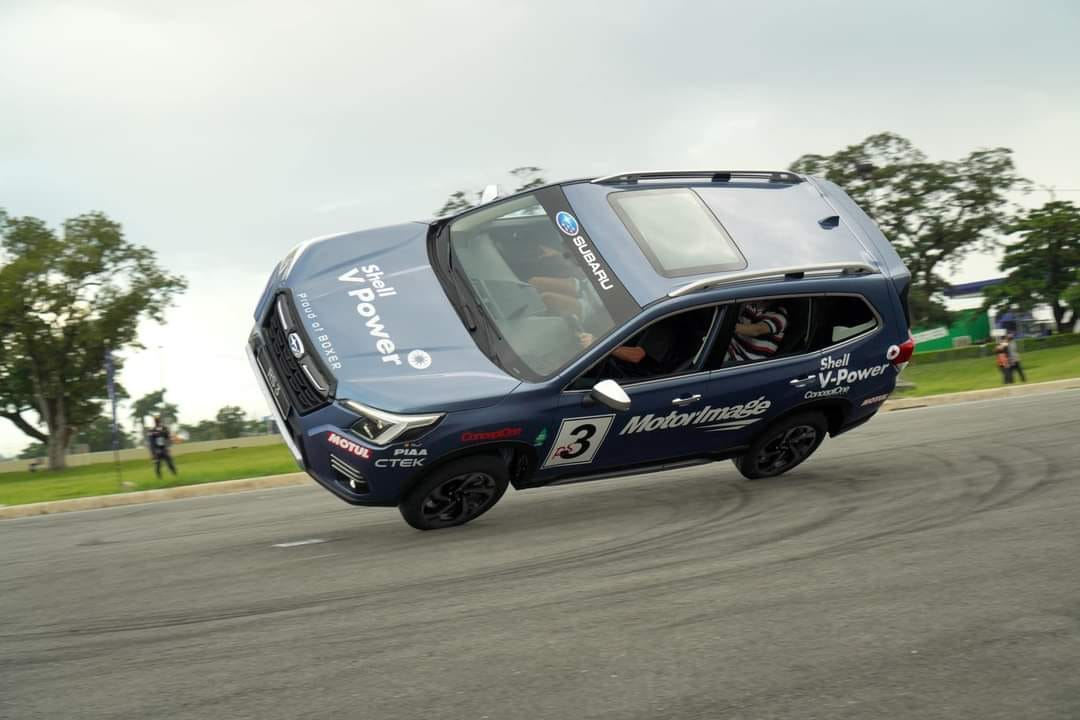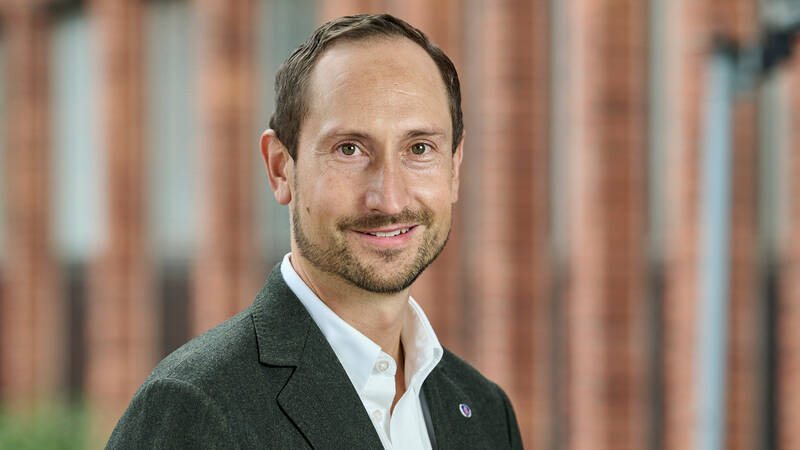AT&T, Honda, Mobil, Oracle, OZ Racing, Pirelli, PWR all help to power
Red Bull Racing across the finish line
THE prediction came one race late–Red Bull’s Max Verstappen could have been World Champion in Singapore. If the race circumstances delegated Ferrari’s Charles Leclerc to eighth or lower and Verstappen’s teammate Sergio Perez is fourth or lower, and Max gets the podium, he could benefit from the points standing and grab the driver’s title there. But that was not to happen.
A bad start that dropped him 6 places down from 8th and a catch-up that was marred by 3 safety car incidents ruined Max’s chances in the slightly flooded race.
Verstappen, however, took the World Championship for the Oracle Red Bull Racing team at the Suzuka International Racing Course over the weekend. What happened in that race was a mish-mash of confusing circumstances in a rain-soaked, shortened race. Even Verstappen, who clinched his second world championship drivers’ title at the end of 28 of what is supposed to be a 53-lap race, didn’t know of his win, until former F1 driver Johnny Herbert, now motorsports anchor congratulated him.
Although race analysts believed full points would not be awarded for the shortened race, Max cleared the checkered flag with 25 points, taking the championship with four more races remaining.
But Max could not do it alone.
An entire ecosystem helped maximize the courage and the driving skills of the 25-year old world champion. Behind him is the full force of the Red Bull racing team with a list of who’s who in powertrain, chassis, and electronics tech.

The engines for the RBR18–the car that won this championship were designed and developed by a new company called Red Bull Powertrains which received technical support from Honda Racing Corporation (HRC). Honda partnered with Oracle-RBR in 2019 and the earlier version of the F1 car had full Honda engines until early 2021, after Verstappen also took his first World Championship at the Saudi Arabia Grand Prix in Abu Dhabi.
Honda left the racing series only as an engine supplier but continues technical cooperation and production with both Red Bull Racing and Team Alpha Tauri. Honda decided to quit F1 as a competitor manufacturer to focus its resources on carbon-neutral technologies. It will continue to support Red Bull Powertrains until the end of 2025.
Powered by Honda-produced and designed powerplants, Verstappen has won 12 races from the second round, including five back-to-back wins. Japan gave him his his second consecutive Driver’s World Championship title.

“Max, congratulations on your consecutive Drivers’ World Championship wins! I was super excited to see the moment you clinched the title in Suzuka with overwhelming performance which represents your 2022 season,” Koji Watanabe, President of Honda Racing Corporation said.
Since the engines for the RBR-18 were still part of Honda’s Advanced Power Unit Technologies build, it is clear that the contribution to Max Verstappen’s second F1 championship is also foundational to what fans can expect of the new cars. RBR plans to debut its own next-generation F1 engines in 2026.
“I am sure that fans are very pleased with this remarkable accomplishment. On behalf of Honda, I would like to thank everyone who worked so hard to provide technical support for RBPT, contributing to this great victory,” Watanabe, who is also Head of Corporate Communications Supervisory Unit, Honda Motor Co., Ltd. added.
The expanded use of Oracle Cloud proved a major success factor for the team since the last season. It has been used along with technologies coming from Citrix and AT&T to optimize track performance. In the engine development aspect for example, Oracle Cloud Infrastructure is prominent in optimizing engine development. The platform is also used to create and necessary global interconnection–using AT&T’s global network and connectivity services to send data from the team’s trackside to the race war room in the UK. OCI-powered analytics are used optimize car set up, improve race strategy. It was said that after the rainy Singapore GP, Max was given drivers training that helped him consistently post ideal lap times in Japan, though this continues to be a rumor. However, using OCI any virtual track can be called in and race-pace driving can be done in any simulated weather.

“Every element of our performance is driven by data analysis. Having Oracle as our title partner shows the confidence we have in their expertise and their ability to deliver a true competitive advantage,” Christian Horner, Oracle Red Bull Racing Team Principal and CEO said as he also pointed out that Oracle Cloud enabled the team to make race-day decisions that helped Verstappen win the 2021 Drivers’ Championship. He said that discovering and reacting to opportunities quickly, is crucial to the team’s success on and off the track, citing how Oracle is “integral in that effort.”
Other companies that have directly helped Max and RBR to achieve its second victory includes engineering simulation software developer Ansys. Having been a technical partner of the Austrian team since 2005, Ansys supplies the cutting-edge computational fluid dynamics suite of software and high performance computing extensions which help the team with the aero development of their cars.
PWR, the Australian cooling systems manufacturer started their partnership 2010, providing the team with radiators and car cooling solutions for the engine, transmission, the drivers, the brakes and the electronics.
The Italian manufacturer and supplier of alloy wheels OZ Racing is Red Bull team’s official wheel supplier, while the tires come from Pirelli.
ExxonMobil, Red Bull Racing’s official fuel, lubricant and motor oil partner since the 2017 season supplying leading-edge Mobil 1 lubricants and Synergy race fuels while also providing engineering support, which in turn helps Mobil develop its next-generation lubricants to improve race car engine and gearbox performance. Esso Synergy has also been supplying Red Bull with race fuel since the start of their partnership in 2017. The two companies renewed their partnership in July 2020.
Without the help of the whole Red Bull Racing team and its many technical, technology and communications sponsors, Max and Sergio ‘Checo’ Perez would not have gotten their one-and-two finishes in the wet Japan GP, or their podiums in all the F1 races, and Verstappen his second World Championship trophy.






